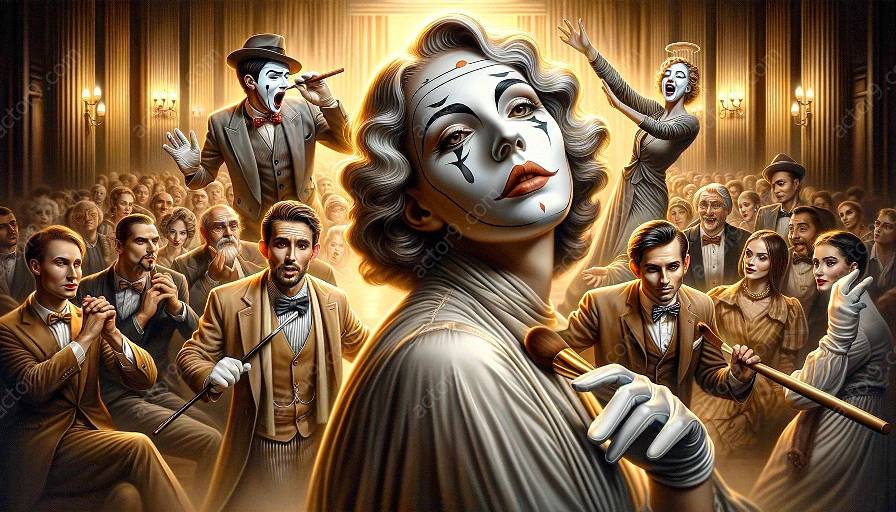Aspiring actors who seek to master the art of mime and physical comedy need to focus on several key elements to truly excel in this unique form of performance art. Mime and physical comedy, although distinct, share several common elements that are essential for aspiring actors to understand and incorporate into their craft. By exploring the techniques utilized by famous mime artists and physical comedians, aspiring actors can gain valuable insights into how to effectively harness these elements to captivate and entertain audiences.
Understanding Expressive Movement
One of the fundamental elements of both mime and physical comedy is expressive movement. Aspiring actors should focus on developing their body language, gestures, and facial expressions to convey emotions and communicate with the audience without verbal dialogue. This requires a keen understanding of physicality and the ability to use the body as a powerful tool for storytelling.
Mastery of Physical Control
Physical control is a crucial aspect of mime and physical comedy. Aspiring actors should practice precise and intentional movements, including the manipulation of imaginary objects and the utilization of space and rhythm to convey dramatic and comedic moments. Developing a strong sense of control over their physicality allows actors to create compelling narratives and evoke powerful reactions from their audience.
Effective Use of Pantomime
Mime often involves the art of pantomime, where actors use exaggerated gestures and movements to portray specific actions, emotions, or objects. Aspiring actors should focus on mastering the subtle yet impactful art of pantomime, learning to convey intricate scenarios and narratives through the use of precise and imaginative physical actions.
Comic Timing and Physical Comedy Techniques
Physical comedians, in particular, rely on impeccable comic timing and a deep understanding of physical comedy techniques. Aspiring actors should study the comedic stylings of famous physical comedians, such as Charlie Chaplin, Buster Keaton, Lucille Ball, and Jim Carrey, to grasp the nuances of physical comedy timing, slapstick humor, and the use of visual gags to elicit laughter from the audience.
Understanding Space and Spatial Relationships
Both mime and physical comedy heavily involve the manipulation of space and spatial relationships. Aspiring actors should learn how to effectively utilize their environment, incorporate props and imaginary objects, and interact with their surroundings to create immersive and engaging performances. Understanding the dynamics of space enhances the storytelling capabilities of actors and enables them to craft dynamic and captivating physical narratives.
Expressing Emotions and Narratives without Words
One of the most remarkable aspects of mime and physical comedy is the ability to convey complex emotions and narratives without the use of words. Aspiring actors should focus on cultivating a profound understanding of non-verbal communication, allowing them to engage audiences on a deeply emotional and visceral level through the power of physical expression and storytelling.
Embracing Creativity and Imagination
Finally, aspiring actors should embrace creativity and imagination as they delve into the world of mime and physical comedy. Both art forms require boundless creativity and the ability to think outside the confines of verbal communication, encouraging actors to explore innovative ways to communicate, entertain, and connect with their audience using only their physical prowess and imagination.
Inspiration from the Masters
It is essential for aspiring actors to draw inspiration from the techniques and performances of famous mime artists and physical comedians. Studying the works of Marcel Marceau, known for his iconic character Bip the Clown, can provide valuable insights into the art of mime, while exploring the comedic genius of legends like Charlie Chaplin and Lucille Ball can offer aspiring actors a wealth of knowledge in the realm of physical comedy.
By immersing themselves in the techniques, performances, and legacies of these renowned artists, aspiring actors can enrich their understanding of mime and physical comedy, ultimately honing their skills and paving the way for influential and captivating performances in the world of acting and performance arts.


























